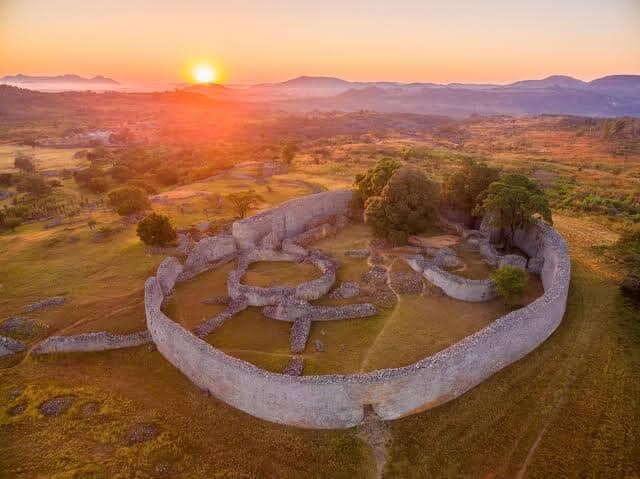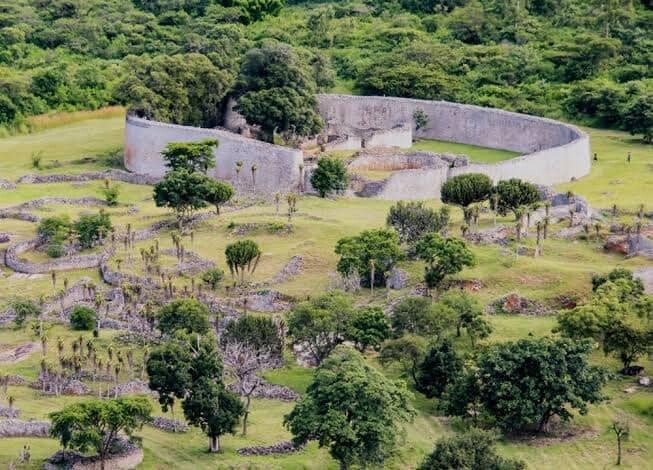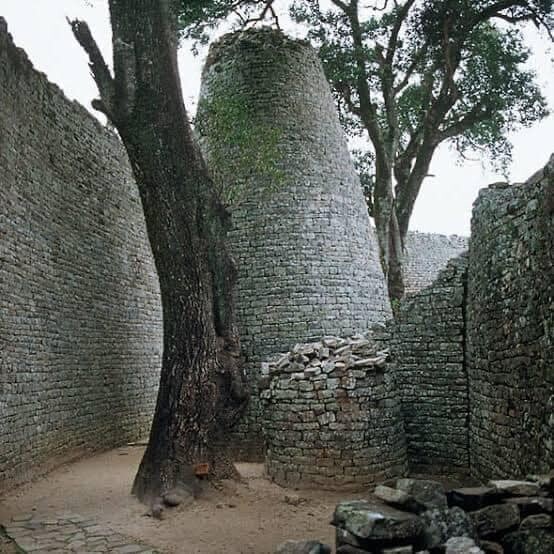Ancient Afrikan Civilization ( Great Zimbabwe)
The Great Zimbabwe has the largest of stone-built ruins. It consists of 12 clusters of buildings, that spread over 3 square miles. Its outer walls were built from 100,000 tons of granite bricks. By 14th century, the city housed over 18,000 people, compared to London at then.
It is One of the most impressive ancient monuments in Afrika an imposing collection of stacked boulders, stone towers and defensive walls assembled from cut granite blocks.
In the 14th century, the city housed over 18,000 people, comparable in size to that of London at then.
The rock citadel has long been the subject of myths and legends—it was once thought to be the residence of the Biblical Queen of Sheba—but historians now know it as the capital city of an indigenous empire that thrived in the region between the 13th and 15th centuries.
This kingdom ruled over a large chunk of modern day Botswana, Zimbabwe and Mozambique. It was particularly rich in cattle and precious metals, and stood astride a trade route that connected the region’s gold fields with ports on the Indian Ocean coast.
The remains of artifacts such as Chinese pottery, Arabian glass and European textiles indicate that it was once a well-connected mercantile center. The fortress city at the Great Zimbabwe was mysteriously abandoned sometime in the 15th century after the kingdom went into decline, but in its heyday it was home to an estimated 20,000. #AfrikaSeries



